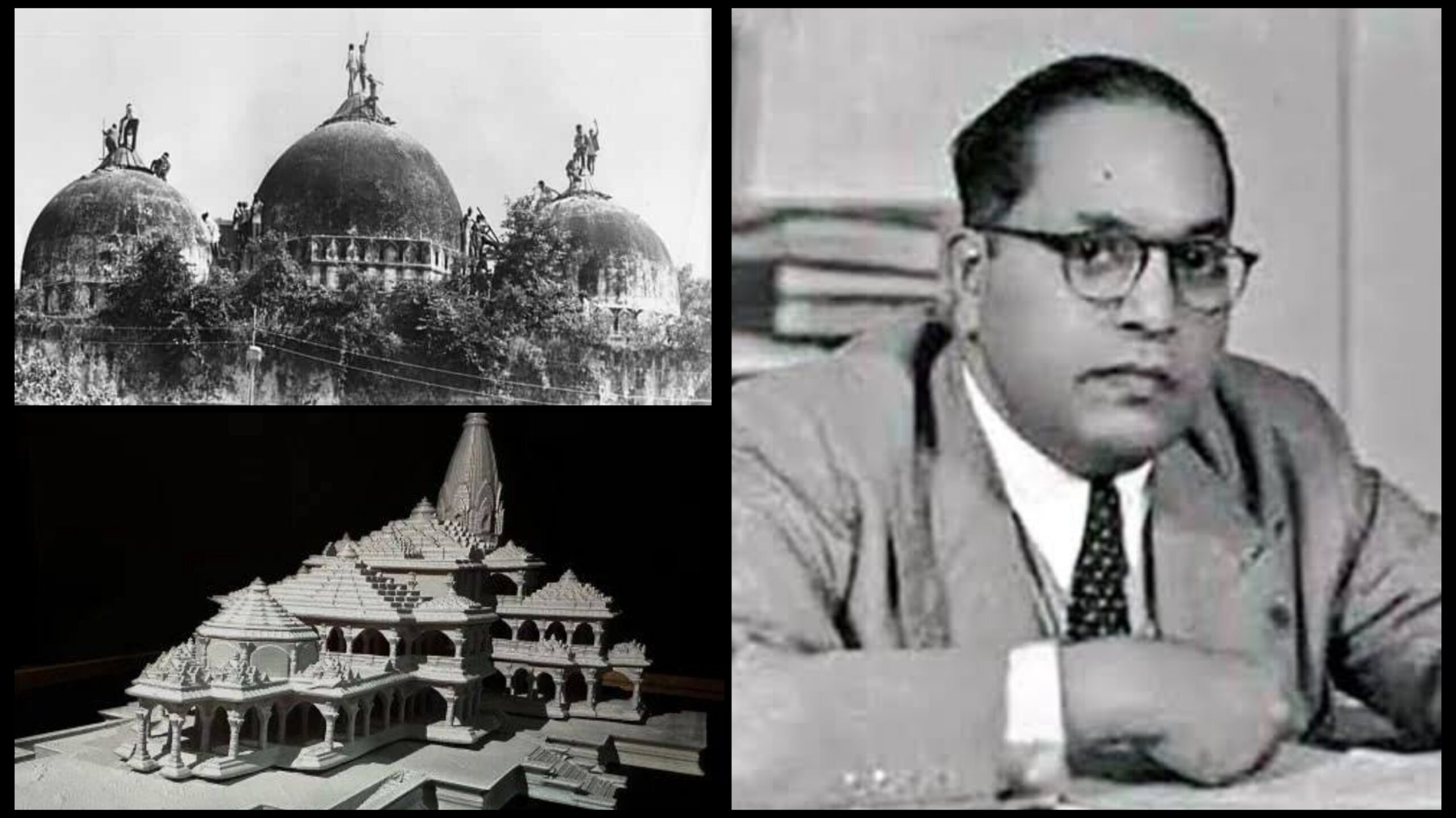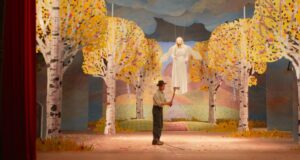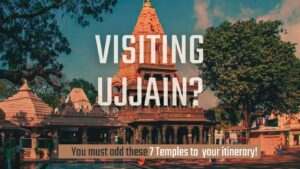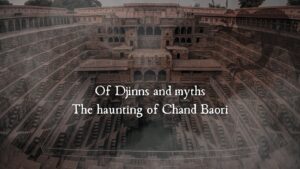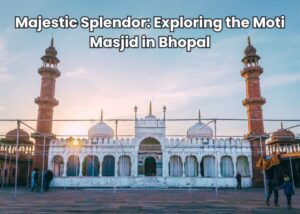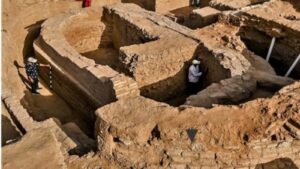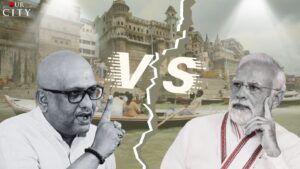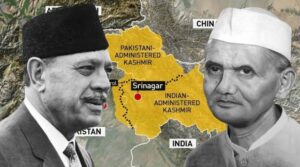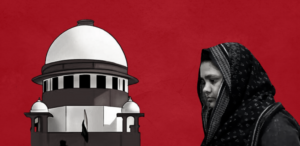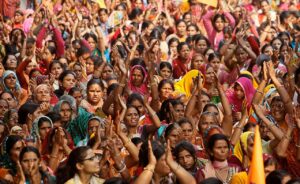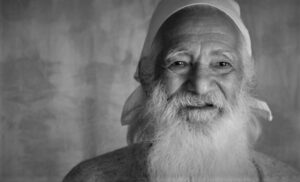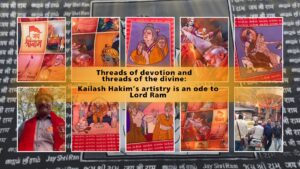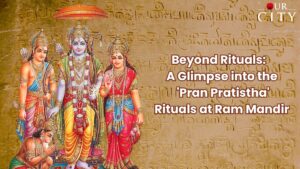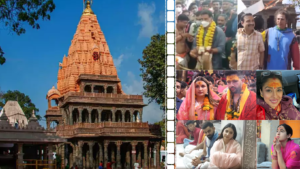The sixth of December has several connotations in India. There are three interpretations of this phrase: the first is associated with the building of the Ram Mandir in Ayodhya, the second with the Babri Masjid, and the third with B.R. Ambedkar’s passing.
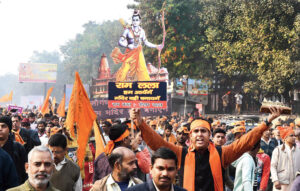 It carries two emotions. People experience dual memory as a result. It is an uncomfortable recollection for some people while a comfortable memory for others. Those who find December 6th uncomfortable would prefer to forget it. Those with pleasant recollections want to be reminded, but only on particular occasions like political gatherings or rallies, or through media coverage and political activism. They are able to recall the event thanks to this medium. Political rallies occur around that date, after which many remember it, though not continuously.
It carries two emotions. People experience dual memory as a result. It is an uncomfortable recollection for some people while a comfortable memory for others. Those who find December 6th uncomfortable would prefer to forget it. Those with pleasant recollections want to be reminded, but only on particular occasions like political gatherings or rallies, or through media coverage and political activism. They are able to recall the event thanks to this medium. Political rallies occur around that date, after which many remember it, though not continuously.
Does the issue have political potential? Can a symbol that evokes memories, like December 6th aid in fortifying a political force? Is there still potential? In my opinion, the public still find it to be a very potent political symbol. How strong it can be made through mobilization is still up to debate. If not, it will be forgotten; nonetheless, any political upheaval around this period could bring back memories.
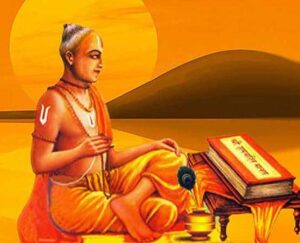 It was claimed by the Vishwa Hindu Parishad that it would build Ram temples throughout villages. In the event that Ram temples are constructed, a mobilization procedure will ensue. It is more than just building a temple; it is also about organizing a festival, which prolongs a memory. An illustration of a mobilization strategy might be this. There are Ramcharitmanas in every upper caste, OBC (other backward caste), and a small number of Dalit homes, even if it does not build temples. The book serves as a reminder that memory exists and is read.
It was claimed by the Vishwa Hindu Parishad that it would build Ram temples throughout villages. In the event that Ram temples are constructed, a mobilization procedure will ensue. It is more than just building a temple; it is also about organizing a festival, which prolongs a memory. An illustration of a mobilization strategy might be this. There are Ramcharitmanas in every upper caste, OBC (other backward caste), and a small number of Dalit homes, even if it does not build temples. The book serves as a reminder that memory exists and is read.
Majority of the communities arrange Ramayan readings as a means of constructing memories. The Ramayan is portrayed in villages through folk songs and story recitals, which help to establish a public memory of Ram that takes on a life of its own and strengthens the symbol of Ram. Ram’s memories can therefore exist even in the absence of a temple. A new Ram appears in the minds of regular people, albeit it may have its origins in Ramcharitmanas. This surpasses the strength of the literary Ram. Every hamlet has plays based on the Ramayan during Dussehra and theatre based on these tales also helps people remember Ram. The memory of Ram is strengthened and related to December 6th through these performances and stories. The potential for mobilization is significant.
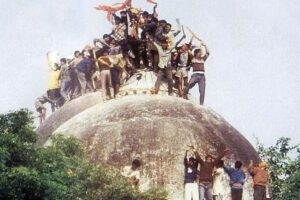 Some generations in cities don’t remember the tragedy at all. The younger generation does not remember the destruction of the Babri Masjid 31 years later, but they are made aware through discussions in the media and on social media.
Some generations in cities don’t remember the tragedy at all. The younger generation does not remember the destruction of the Babri Masjid 31 years later, but they are made aware through discussions in the media and on social media.
The matter has been repeatedly debated by the court. A conversation about it was also started by Sri Sri Ravi Shankar. Around it, a lot of development had happened. The Chief Minister of Uttar Pradesh had launched an initiative to rebuild the city and suggested using Ayodhya as a symbol. These are not connected to the events of December 6th, but rather to the symbol of Ram. For a variety of reasons, this date is ingrained in our memories and has great political and mobilization potential. It is a potent emblem for public memory and has a symbolic connection to Ram. The consequences of adding mobilization to this are seen locally.
 However, it is not the only element that makes the occasion memorable. Ambedkar’s memory is also associated with December 6. In remembrance of him, Dalits nationwide host dialogues centred around his teachings. This is an alternative area. The memory of Ram and Ambedkar are not directly related. They honor Ambedkar by holding talks and releasing widely read books and pamphlets. They are able to recall their journey from subjugation to independence through this.
However, it is not the only element that makes the occasion memorable. Ambedkar’s memory is also associated with December 6. In remembrance of him, Dalits nationwide host dialogues centred around his teachings. This is an alternative area. The memory of Ram and Ambedkar are not directly related. They honor Ambedkar by holding talks and releasing widely read books and pamphlets. They are able to recall their journey from subjugation to independence through this.

